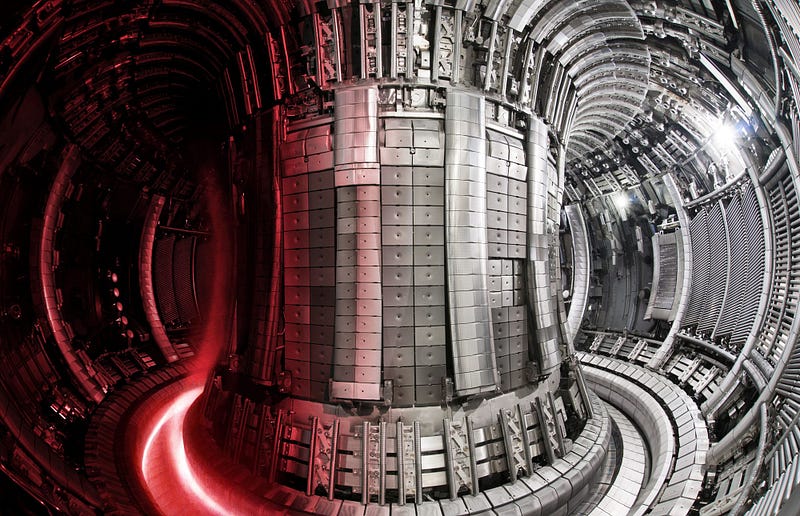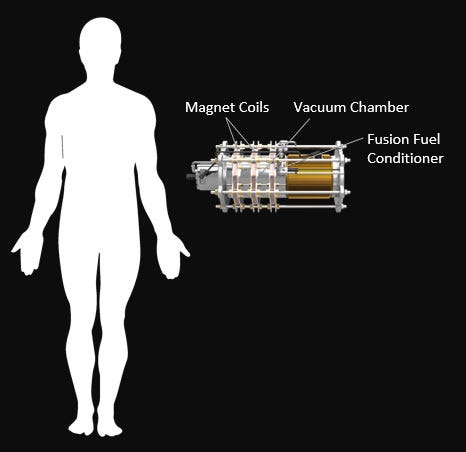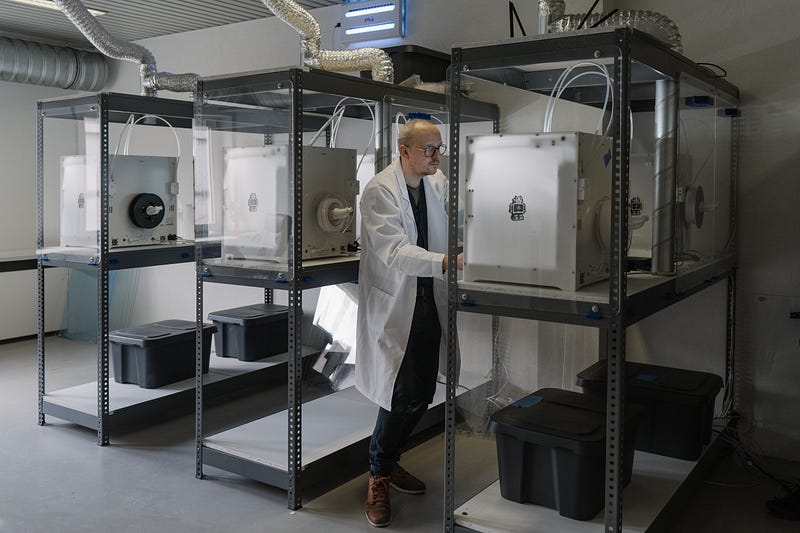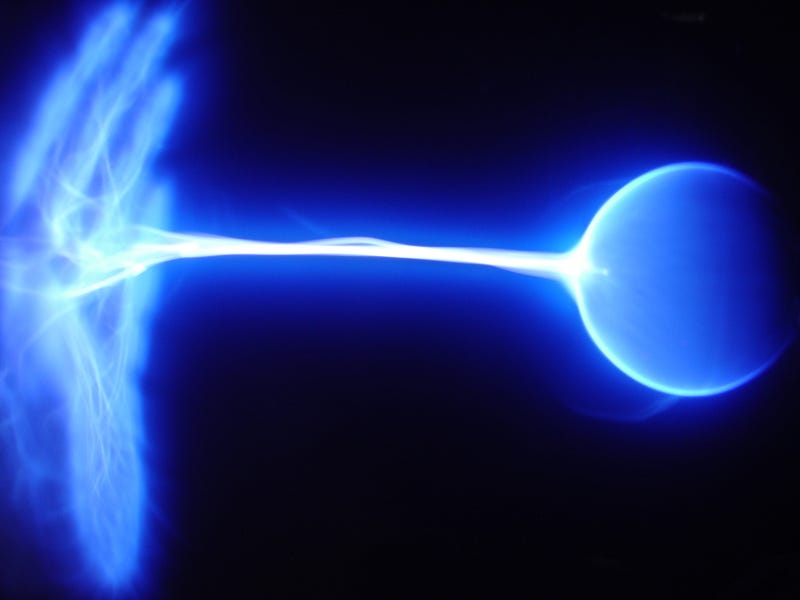A Portable Fusion Reactor: The Future of Energy Solutions
Written on
Introduction to Compact Fusion Technology
Could a revolutionary design for a fusion reactor finally enable us to harness this powerful energy source? Nuclear fusion holds the promise of providing abundant energy without carbon emissions, allowing us to sustain our modern lifestyles while protecting the planet. Historically, efforts to achieve this have led to the construction of enormous and intricate machines, yet these giants have not succeeded in producing a net energy gain. Enter Avalanche Energy and their innovative orbitron fusion battery—a reactor small enough to fit in a backpack.
Before diving into the orbitron's potential, it’s essential to understand why previous fusion reactor designs have become so large and complex, often failing to yield a net energy return.
The Limitations of Current Fusion Reactors
Take the Joint European Torus (JET), for instance. This massive reactor, weighing 2,800 tonnes, can contain 100 cubic meters of hydrogen plasma and generate 16.1 megawatts of power. However, the energy input required to achieve this output is significantly greater. Why is that?

The complexity of these machines plays a major role. Tokamak reactors like JET rely on enormous supercooled electromagnets to contain and heat the hydrogen plasma. The interplay of extreme cold and heat creates substantial engineering challenges, resulting in a convoluted design that leads to inefficiencies. These complexities slow progress, requiring decades and vast financial resources to engineer, test, and optimize such intricate systems.
The Solution: Avalanche Energy's Orbitron Reactor
This is where Avalanche Energy's orbitron reactor comes into play. Their innovative design eschews the need for massive magnets and large reactors. Instead, they propose a compact reactor that could fit in the size of a lunchbox and produce a net gain of 5 kilowatts of energy. But how do they plan to accomplish this?

The orbitron leverages two key factors: an alternative approach to plasma dynamics and rapid prototyping techniques. It employs a device akin to a magnetron, commonly found in microwaves, to generate a spiraling jet of hydrogen plasma. The design features two spirals that intersect multiple times within the reaction chamber. During these intersections, the hydrogen atoms collide with sufficient kinetic energy to trigger fusion and release substantial energy.
This method of using ‘glancing blow’ dynamics could prove to be significantly more efficient than traditional tokamak designs, as the required components are simpler and less powerful.
Embracing Rapid Prototyping
A second advantage of the orbitron is its straightforward design, allowing for rapid development at minimal costs. While rapid prototyping is a common practice across various industries, it is relatively novel in the realm of fusion power. The chaotic nature of superheated hydrogen plasmas makes precise predictions difficult, necessitating trial and error to identify the optimal configuration.

Unlike large-scale projects like JET, which are burdened by extensive costs associated with testing numerous configurations, the orbitron's compact size facilitates the quick fabrication of new components, even incorporating advanced materials without exorbitant expenses. This rapid turnaround will enable faster optimization and a deeper understanding of ‘glancing blow’ plasma dynamics.
Avalanche Energy's Promise
Despite the decades of development that have gone into tokamak reactors, Avalanche Energy believes their approach will allow them to catch up and potentially surpass traditional designs in just a few years, thanks to their rapid prototyping capabilities. Recently, they secured $5 million in private funding to create a ‘proof of concept’ reactor. While this may seem modest compared to other fusion startups, such as Helion, which required far more investment for their initial reactors, it underscores the affordability of the orbitron technology.

With this funding, Avalanche aims to develop a fusion reactor small enough to carry while delivering 5 kW of net gain power—sufficient to power a home with a battery system for high-demand periods. Such a reactor could function as a modular energy solution: need ten to power a vehicle? No problem! Want to fuel a city? Just scale up with a few thousand units.
The Future of Energy
If Avalanche successfully refines their design, they could change the energy landscape by providing a versatile and carbon-neutral power source. However, there are significant engineering hurdles to overcome, such as dielectric breakdown, caused by the high voltages within the reactor. Nevertheless, with their rapid prototyping approach, the potential for revolutionary advancements in modular fusion reactors—developed by former Blue Origin engineers—could soon be realized.
The first video titled "Building A Nuclear Star In A Jar (Fusor)" provides insights into fusion technology, showcasing practical applications and advancements in creating fusion reactors.
The second video, "Mekanism Power Storage," explores innovative methods for energy storage, emphasizing the need for efficient systems to complement emerging fusion technologies.